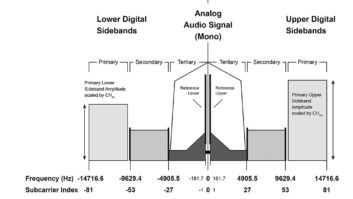LONDON�Good news to report from WRC-15:� �Representatives of over 150 governments took the decision that UHF spectrum will remain exclusively allocated to terrestrial TV services in ITU ‘Region 1’ well into the next decade. Delegates reached this conclusion after deliberations over whether the lower UHF frequency band (470-694 MHz) should be retained for broadcasting only or also allocated to mobile broadband,� according toEBU news.�

What has this got to do with radio broadcasting?� Simple: the idea had been floated at WRC-15 that the lower UHF band be re-allocated to mobile broadband�and perhaps moving DTT to band lll�the one currently used across Europe for Digital radio.� (See ouroriginal post in DRUon the subject for more detail.)� This would have meant that current DAB systems would have to be moved, at best, or turned off, at worst.�
�In their session today, representatives reached a consensus that this spectrum, currently used by broadcast services such as digital terrestrial TV [DTT] and radio microphones, is too important to be allocated to mobile services. They agreed that there would be no change to the allocation in the 470-694 MHz band either now, or at WRC-19 in four years� time. Instead there will be a review of the spectrum use in the entire UHF band (470-960 MHz) at the WRC in 2023. Only then will it be decided whether to make further changes to the Radio Regulations. This added security will enable many countries in ITU Region 1 to continue with their digital switchover programs without the risk of an impending change in use of the spectrum.�












